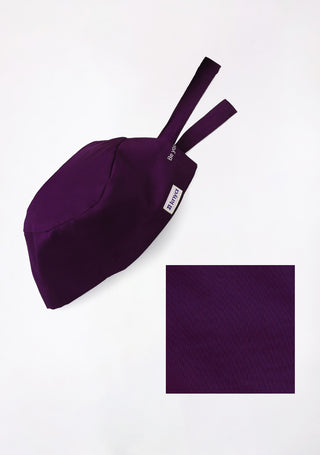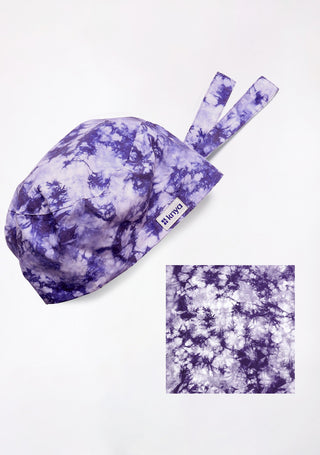A spotless doctor coat is more than just a symbol of professionalism—it ensures hygiene and prevents contamination in a medical setting. Healthcare professionals, from medical students to seasoned doctors, rely on their lab coats daily. Unfortunately, these coats are prone to stubborn stains from ink, blood, chemicals, and other substances. But don’t worry! With the right techniques, you can keep your lab coat looking pristine.
In this blog, we’ll cover the best methods to remove stains from your doctor white coat, ensuring it remains clean, hygienic, and professional.
Why Keeping Your Lab Coat Clean is Crucial
A clean lab coat is more than just an aesthetic requirement. It plays a significant role in maintaining hygiene in medical environments. Contaminated lab coats can harbor bacteria and viruses, increasing the risk of infection for both healthcare providers and patients. Regular stain removal and washing are essential to eliminate dirt, microbes, and stains, ensuring a safe and sterile work environment.
The Importance of a Clean Lab Coat:
- Prevents bacterial contamination
- Enhances professional appearance
- Reduces unpleasant odors
- Ensures fabric longevity
We believe you deserve the best. Shop our amazing selection of lab coats right here
General Precautions Before Stain Removal
Before diving into stain removal techniques, keep these essential tips in mind:
1. Wear Gloves
When handling medical scrubs or lab coats with stains, especially from bodily fluids, wear disposable gloves to protect yourself from contamination.
2. Act Fast
The quicker you address a stain, the easier it is to remove. Letting stains sit for too long makes them harder to clean.
3. Check Fabric Care Labels
Always check the label on your doctor white coat to ensure the cleaning method is safe for the fabric type.
Ready to explore our amazing scrubs collection? Browse the best here
How to Remove Common Stains from a Lab Coat
1. Ink Stains
How It Happens: Leaky pens are common in medical settings, leaving ink stains on lab coats.
How to Remove:
- Blot the ink stain with a paper towel (avoid rubbing, as it can spread the stain).
- Dab the stain with rubbing alcohol or hand sanitizer using a cotton ball.
- Rinse with cold water and wash with a mild detergent.
2. Blood Stains
How It Happens: Blood exposure is common for healthcare professionals, and it can be difficult to remove once dried.
How to Remove:
- Rinse the stain immediately with cold water (never use hot water, as it sets the stain).
- Soak in a mixture of cold water and hydrogen peroxide for 15 minutes.
- Wash as usual with a mild detergent.
3. Vomit & Urine Stains
How It Happens: Exposure to bodily fluids in hospitals can cause stubborn stains.
How to Remove:
- Scrape off solid material carefully.
- Soak the stained area in cold water for 10–15 minutes.
- Add baking soda to the wash cycle for odor removal.
- Use a heavy-duty detergent for deep cleaning.
4. Coffee & Tea Stains
How It Happens: A busy day means multiple coffee breaks, sometimes leading to spills.
How to Remove:
- Blot excess liquid immediately.
- Mix equal parts vinegar and water and dab the stain.
- Rinse with cold water and wash as usual.
5. Chemical Stains
How It Happens: Accidental spills from disinfectants and lab chemicals can stain your coat.
How to Remove:
- Identify the chemical and its recommended neutralizing agent.
- Rinse with cold water.
- Use a mild detergent and wash separately from other clothes.
Best Practices for Washing and Maintaining a Lab Coat
1. Pre-Treat Stains
Before washing, apply a stain remover or mild detergent directly to the stained area. Let it sit for 10–15 minutes.
2. Wash Separately
Avoid washing your doctor coat with regular clothes to prevent cross-contamination.
3. Use Cold Water & Mild Detergent
Hot water can set stains, making them difficult to remove. Always opt for cold water and a mild detergent.
4. Turn the Coat Inside Out
Washing inside out protects the fabric’s outer layer from excessive wear and tear.
5. Air Dry Your Lab Coat
Avoid using high heat from dryers, as it can shrink the fabric and damage its fibers. Instead, air dry your lab coat in a well-ventilated area.
Beyond Stain Removal: Investing in Your Professional Image
Maintaining a clean doctor white coat isn’t just about removing stains—it’s about professionalism. A well-maintained coat enhances trust and credibility with colleagues and patients.
For an added touch of personalization, consider getting your name embroidered on your doctor coat. This small detail enhances your professional identity while keeping your attire polished and distinguished












